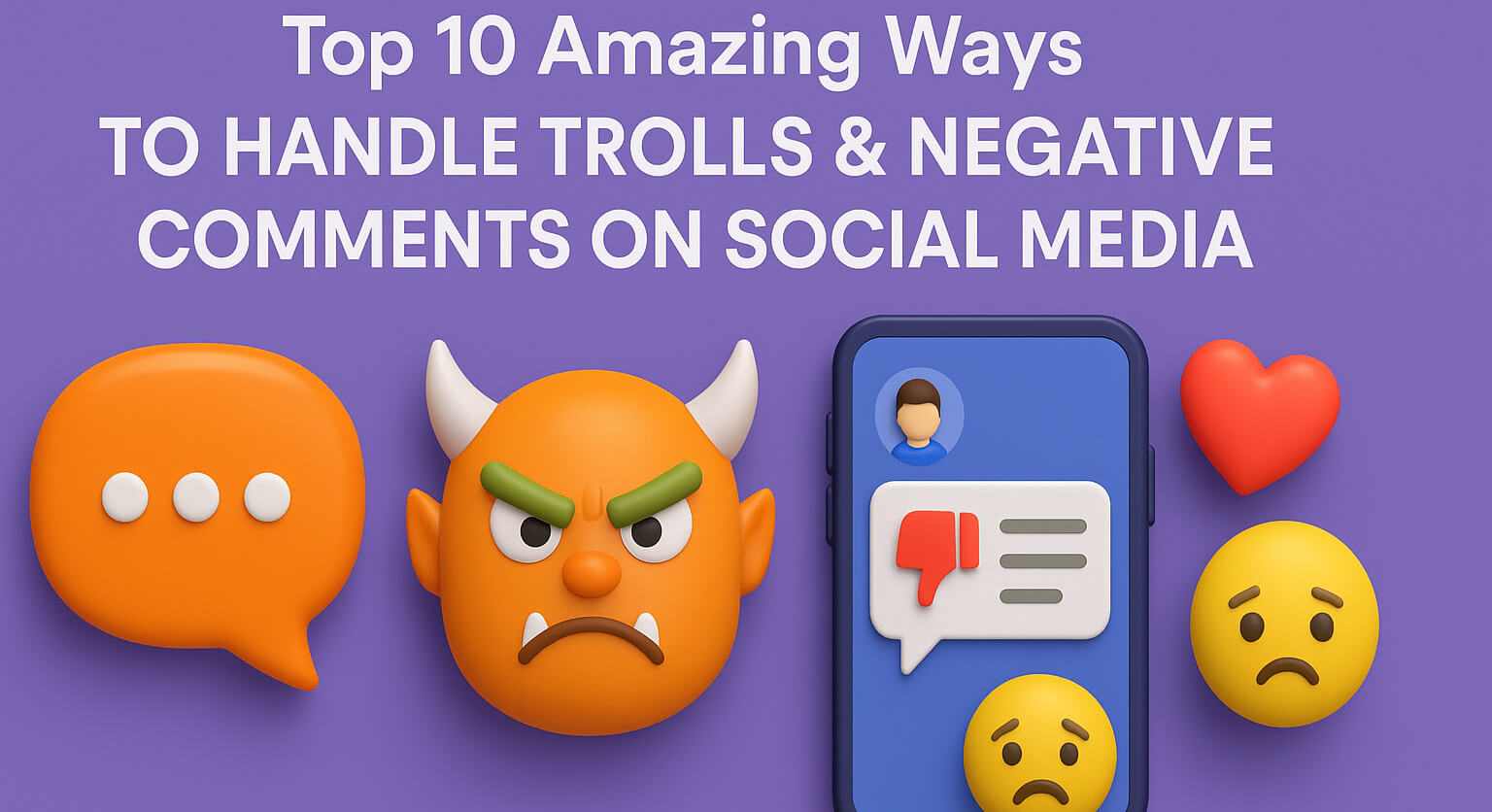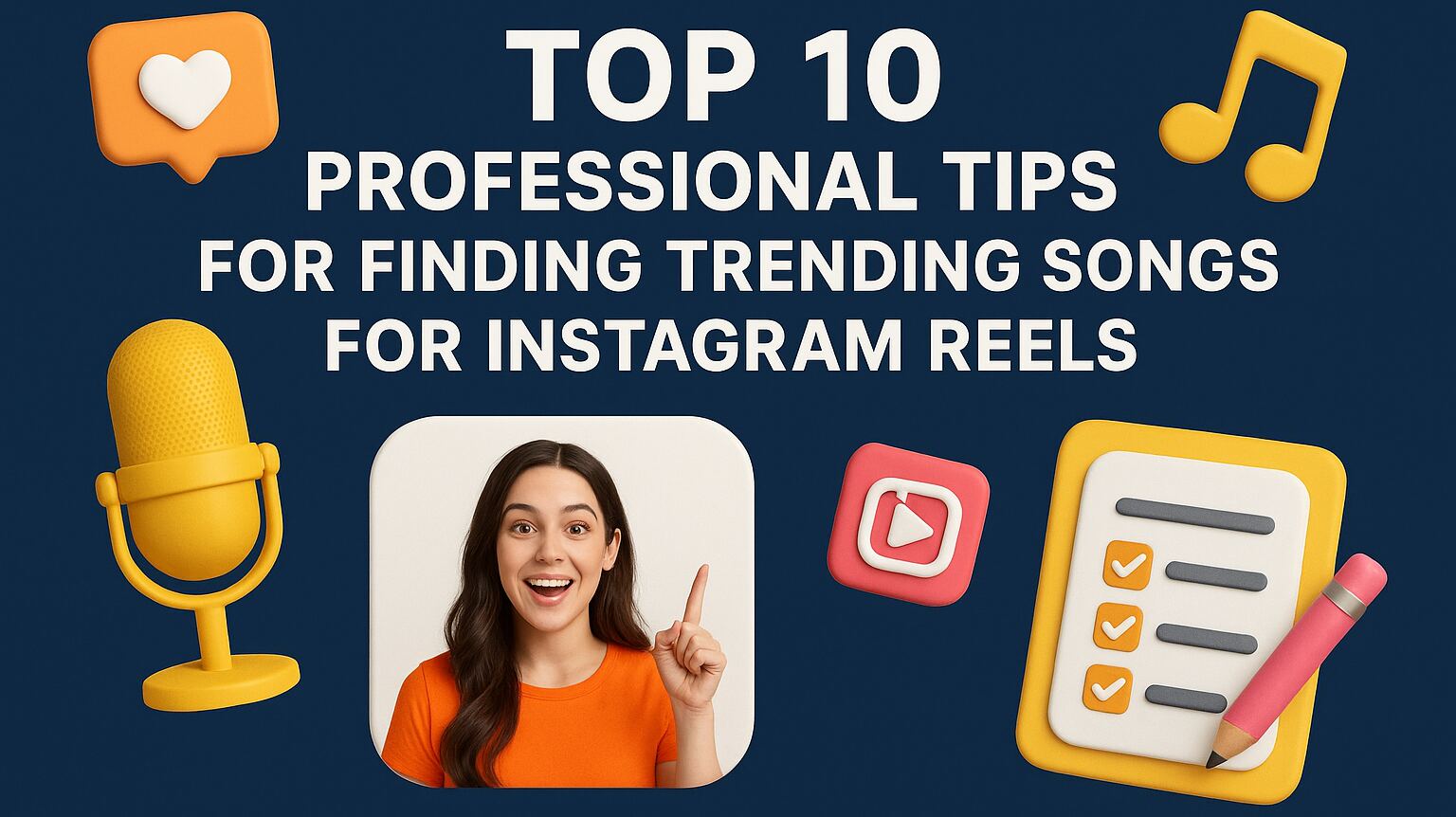
What Are the Most Common Google Ads Mistakes Marketers Make?
Google Ads is a powerful tool for
businesses to reach customers online. However, many marketers make mistakes
that waste money and reduce success.
Simple errors like choosing the wrong
keywords, ignoring negative keywords, or not tracking results can hurt
campaigns.
Poor ad copy and bad landing pages also
cause problems. If you do not adjust bids or test different ads, your budget
may disappear with little return.
Avoiding these common mistakes helps you
get better results.
Our experienced
digital marketers in Delhi are sharing some important Google Ads
mistakes that marketers make and how to fix them.
Wrong Keyword Choices
Many marketers pick the wrong keywords
for their ads. They choose broad or unrelated words that do not match what
customers search for. This mistake wastes money because the ads show to the
wrong people.
For example, a shoe store using the
keyword “clothing” may get clicks from people looking for shirts or jackets.
These visitors will not buy shoes. Instead, marketers should use specific
keywords like “running shoes” or “black leather boots.”
Choosing the right keywords helps
attract the right audience. This way, businesses spend less and get more sales
from their ads.
Ignoring Negative Keywords
They forget to add negative keywords to
their campaigns. Negative keywords stop ads from showing for the wrong
searches. Without them, ads appear for people who are not interested.
This wastes money and lowers
conversions. For example, a company selling new laptops may get clicks from
people searching for “used laptops” if they do not add “used” as a negative
keyword.
These visitors will not buy new laptops.
Marketers should list words that do not match their products or services. Using
negative keywords helps show ads to the right people and increases sales.
Bad Ad Copy
They write weak ad copy that does not
attract clicks. They use unclear messages, boring words, or no strong call to
action. If the ad does not grab attention, people will ignore it.
For example, an ad that says “Buy Shoes
Online” is too simple. A better ad would say “Get 50% Off Stylish Running Shoes
– Limited Time Offer!” This ad creates urgency and interest. Marketers should
write clear, exciting, and convincing ads.
They must highlight benefits and include
action words like “Shop Now” or “Get Yours Today.” Good ad copy increases
clicks and sales.
No A/B Testing
They run only one ad without testing
different versions. This mistake stops them from finding the best ad. A/B
testing means creating two or more ads with small changes. Marketers can test
different headlines, descriptions, or call-to-action buttons.
For example, one ad might say “Buy Now
and Save 20%” while another says, “Limited Offer – 20% Off Today!” After
running both ads, they can see which one gets more clicks and sales.
Without testing, marketers may waste
money on a weak ad. A/B testing helps improve ads and get better results.
Poor Landing Pages
They send visitors to bad landing pages.
These pages load slowly, look confusing, or do not match the ad. When people
click an ad, they expect to find what it promises. If they land on the wrong
page, they leave without buying.
For example, an ad for “Running Shoes
50% Off” should not send users to a homepage with all products. It should go to
a page showing discounted running shoes.
Marketers must make landing pages fast,
clear, and relevant. A good landing page keeps visitors interested and increases
sales.
Ignoring Conversion Tracking
They do not track conversions in Google
Ads. They spend money on ads but do not check if visitors buy, sign up, or
take action. Without tracking, they do not know which ads work.
For example, a store may get many clicks
but few sales. If they track conversions, they can see which keywords bring
buyers. Marketers must set up conversion tracking to measure success.
They should track purchases, form
submissions, or phone calls. This data helps them improve ads and spend money
wisely. Tracking conversions leads to better results and more profits.
Not Adjusting Bids
They set one bid for all keywords and
never change it. This mistake wastes money and reduces results. Some keywords
bring more sales, while others only get clicks with no value.
For example, if “buy running shoes”
brings more buyers than “best shoes,” marketers should bid higher on the first
keyword. Google
Ads allows bid adjustments based on performance.
Marketers must check their data,
increase bids for high-performing keywords, and lower bids for weak ones. Smart
bidding helps control costs and improves return on investment. Adjusting bids
regularly leads to better ad performance and more sales.
Targeting Too Broadly
They target too many people with their
ads. They do not focus on the right audience, so they waste money on people who
are not interested. For example, a company selling men’s running shoes should
not show ads to people looking for women’s sandals.
If targeting is too broad, many clicks will
not lead to sales. Marketers must choose the right locations, age groups, and
interests.
They should use audience targeting and
specific keywords to reach the best customers. Narrowing the audience helps ads
get better results and increases sales.
Skipping Ad Extensions
They do not use ad extensions in Google
Ads. Ad extensions add extra links, phone numbers, or location details to ads.
Without them, ads look small and less helpful. For example, a shoe store can
add links for “Men’s Shoes,” “Women’s Shoes,” and “Sale Items.”
This makes the ad more useful and
increases clicks. Call extensions let people call directly, and location
extensions help customers find the store.
Marketers should use different ad
extensions to give more information. Using extensions makes ads bigger, more
attractive, and more effective. This leads to better engagement and more sales.
Forgetting Mobile Optimization
They do not optimize their ads and
landing pages for mobile users. This mistake makes it hard for people to browse
or buy on their phones. If a website loads slowly or looks bad on mobile,
visitors leave quickly.
For example, if a shoe store’s checkout
page does not work well on a phone, customers will not complete their
purchases. Marketers must ensure ads, landing pages, and buttons work smoothly
on mobile devices.
They should use fast-loading pages and
mobile-friendly designs. Optimizing for mobile improves user experience,
increases engagement, and boosts sales.
Related Offering
If you also want to become a successful
marketer, you can join our digital
marketing institute in GTB Nagar Delhi.





